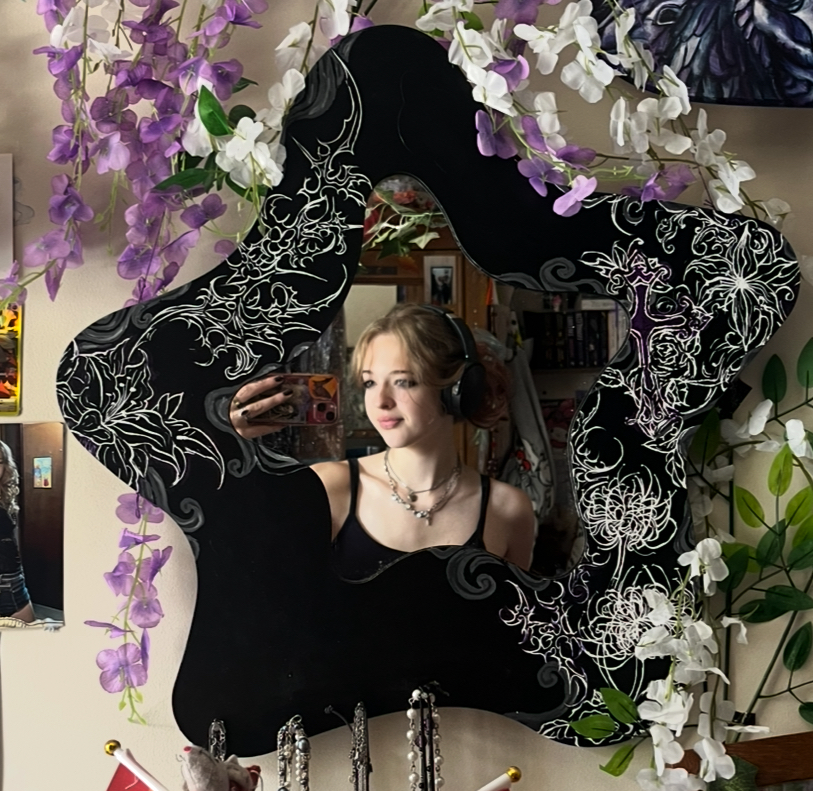Curley
Cards (37)
- What type of physical description is given for Curley?
- What does Curley's physical description suggest about his character?
- How does Curley's behavior reflect his feelings of inferiority?
- What does Curley wear that is notable?
- How does Curley's attitude towards larger men manifest?
- What does Curley's hand symbolize in the story?
- What does the phrase "small physical descriptions" imply about Curley?
- How does Curley's relationship with others reflect social injustice?
- What does Curley represent in the context of the ranch's social hierarchy?
- How does Slim's view of Curley differ from others on the ranch?
- What does Curley's behavior towards others reveal about his character?
- What does Curley do to assert his dominance?
- How does Curley's character contribute to the theme of social injustice?
- What does Curley's interaction with the other ranch workers signify?
- What does Curley do to maintain his image?
- How does Curley's character illustrate the concept of toxic masculinity?
- What role does Curley's character play in the overall narrative?
- What are the key themes represented by Curley's character?
- How does Curley's character reflect societal issues of the time?
- What does the character do to himself in the text?
- Why does the character use his hat in the story?
- What societal context is reflected in the character's actions in the 1930s America?
- How is Curley's height perceived in the text?
- What does Curley seek to regain through fights?
- What type of character is depicted as a 'pragmatist' in the 1930s?
- How is Curley's relationship with his wife portrayed?
- What does the character's relationship with women represent?
- What themes does Curley's character represent?
- What does the text suggest about societal views on masculinity?
- How does the character's wife reflect societal expectations?
- What does the text imply about the treatment of women?
- How does the character's journey reflect societal norms?
- What does the character's wife symbolize in the narrative?
- How does the text portray the relationship between masculinity and power?
- What does the character's behavior towards women reveal?
- What are the main themes represented by Curley's character?
- How does the text reflect societal views on masculinity and authority?
